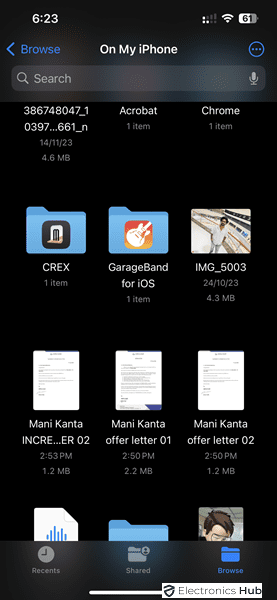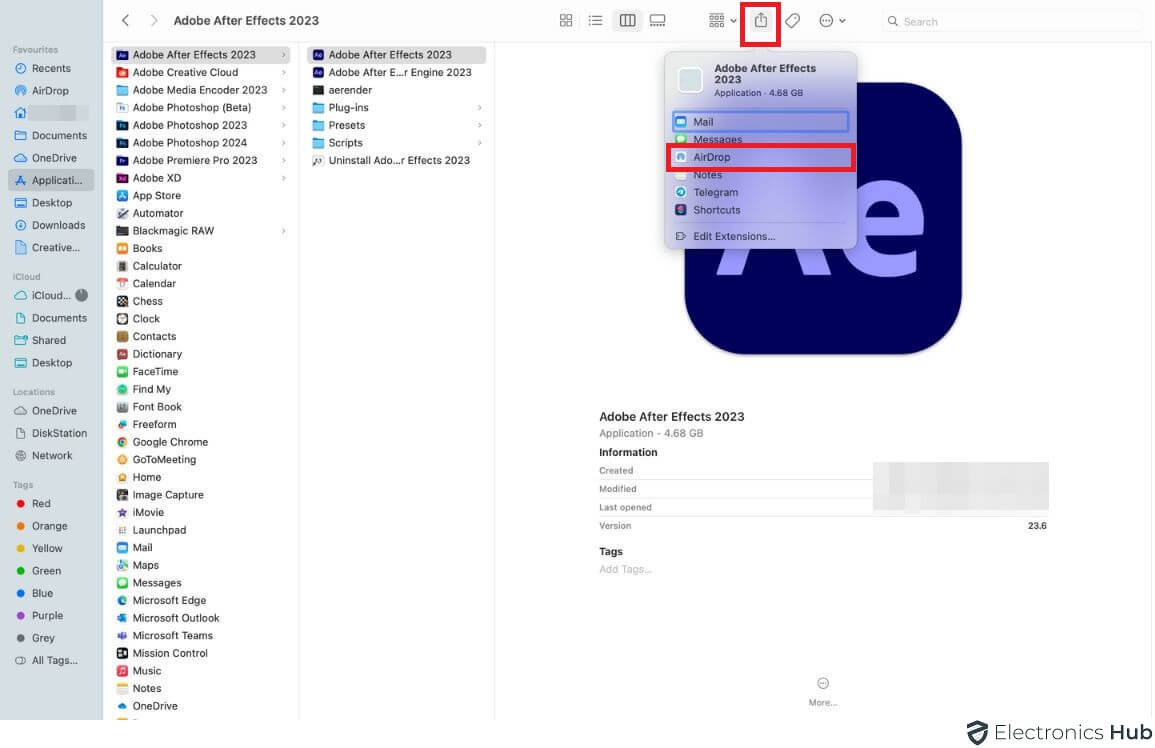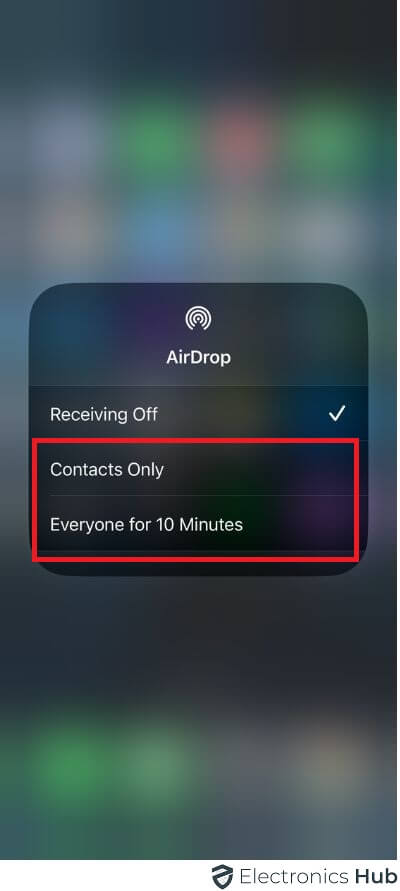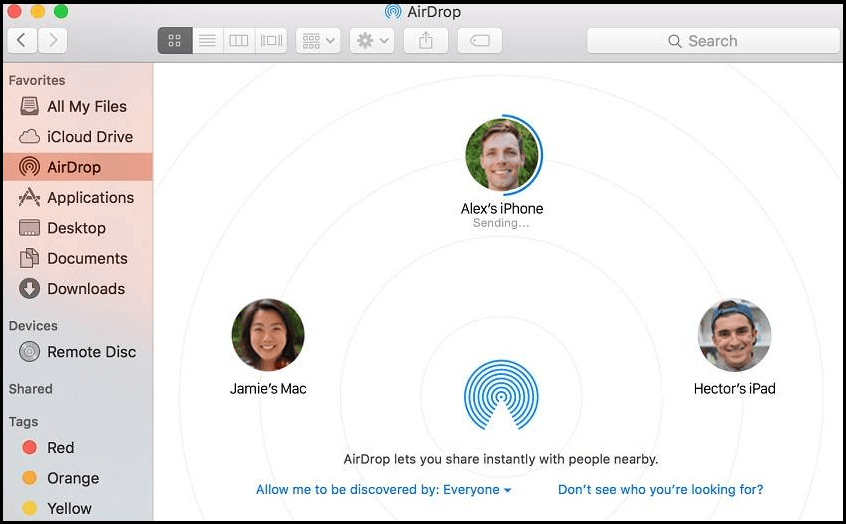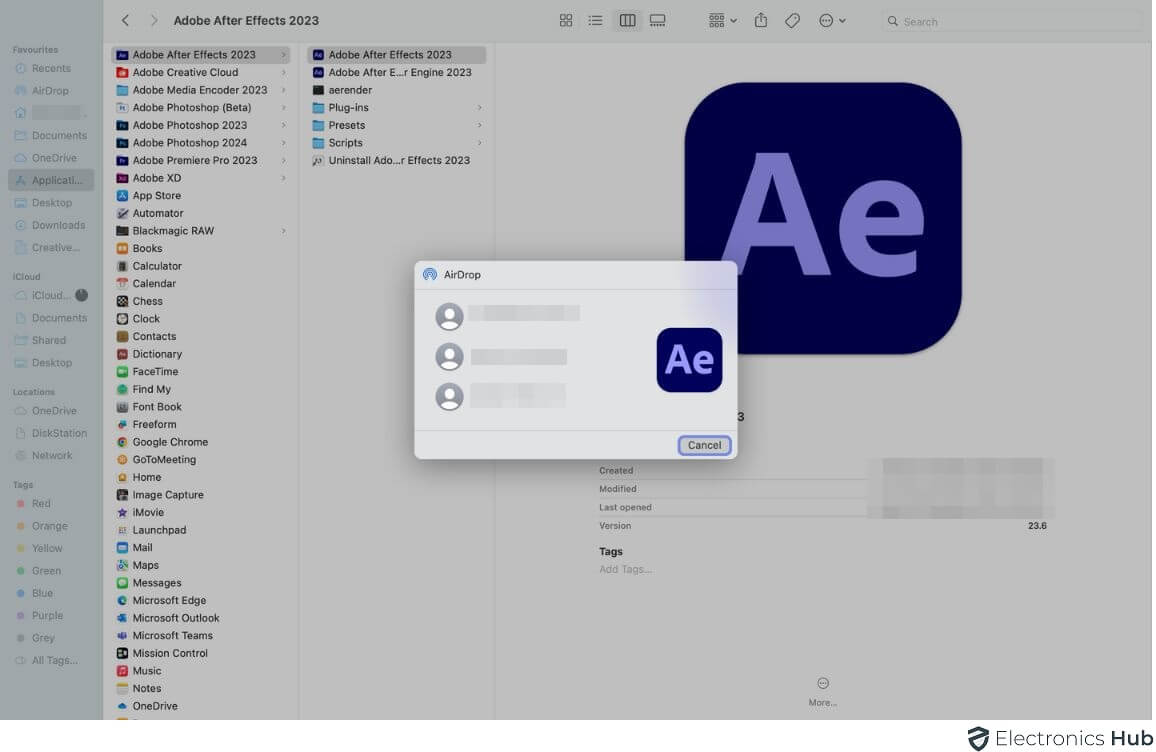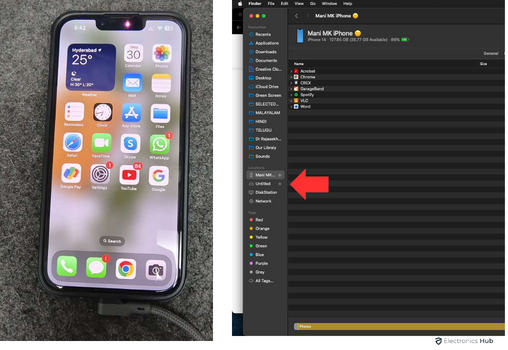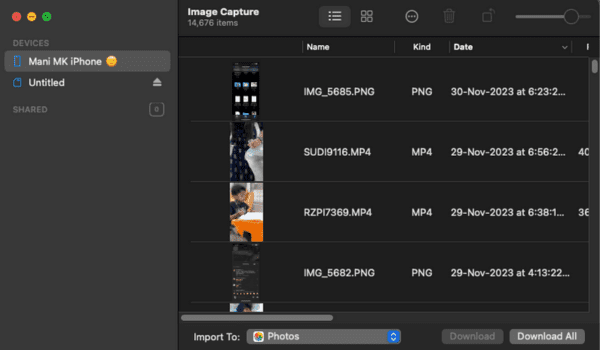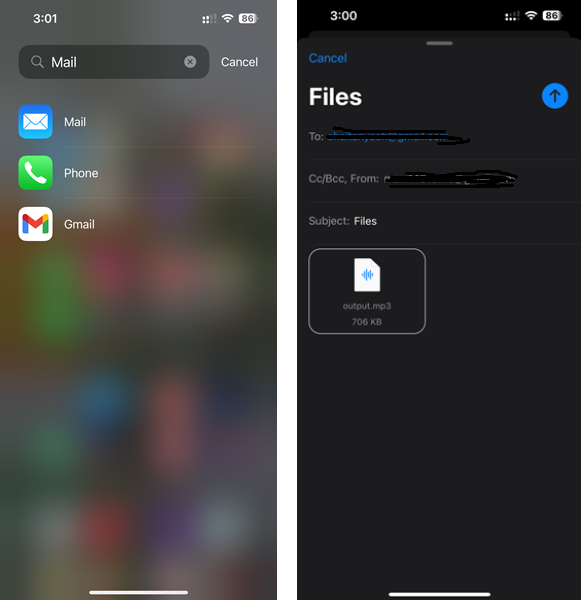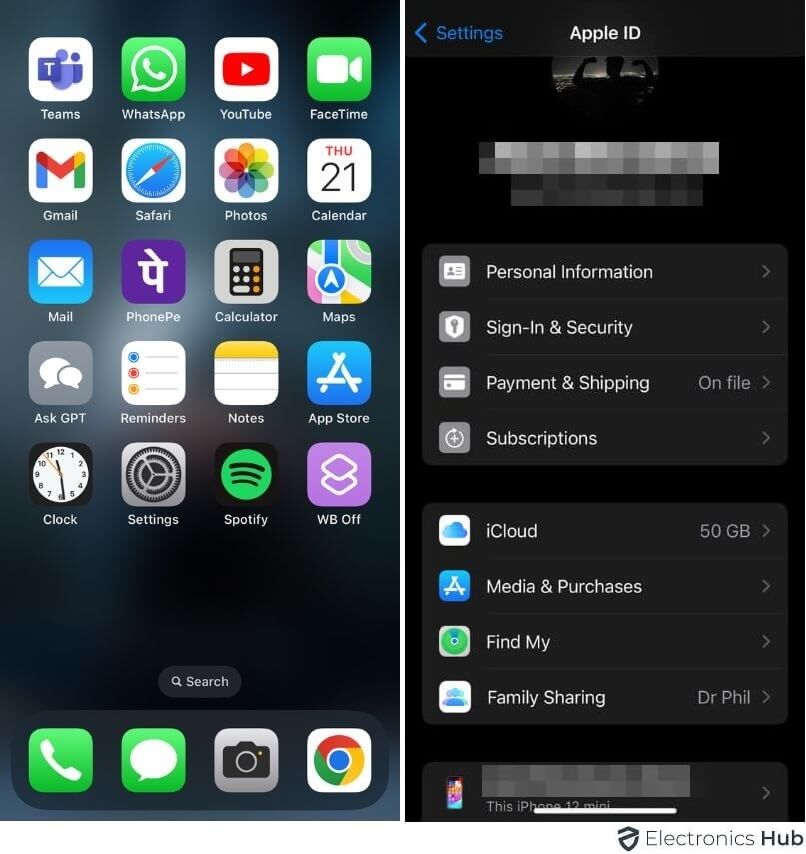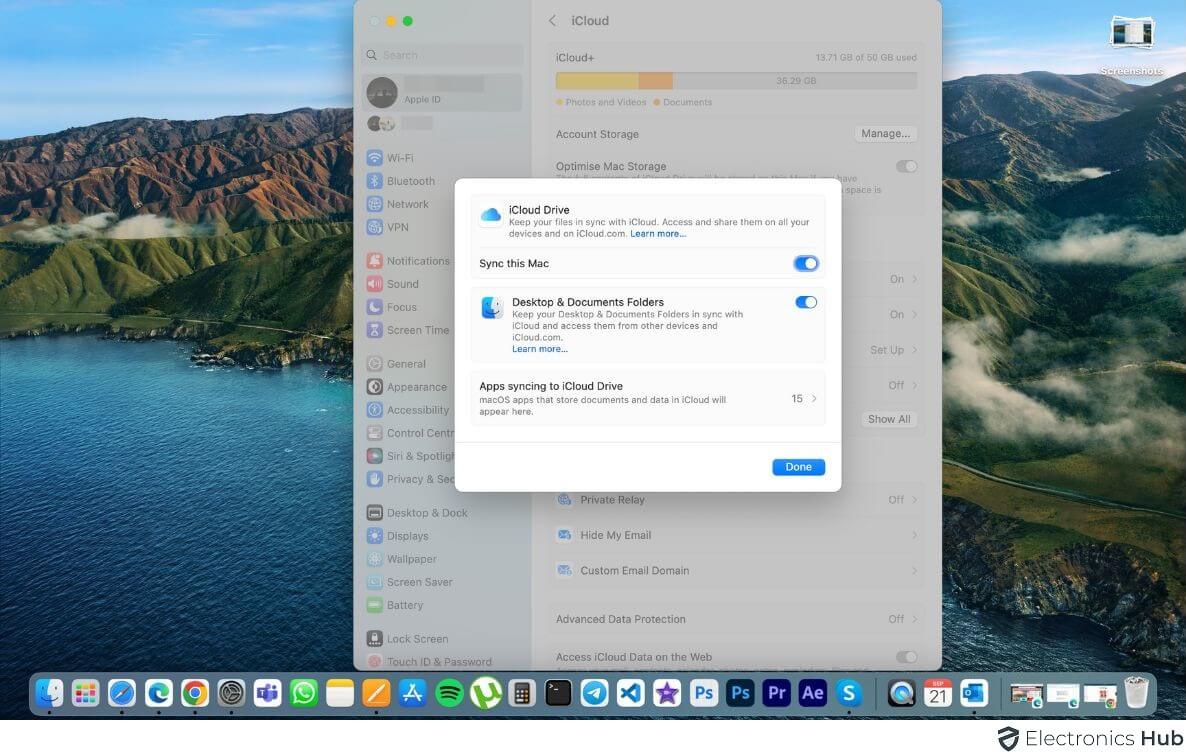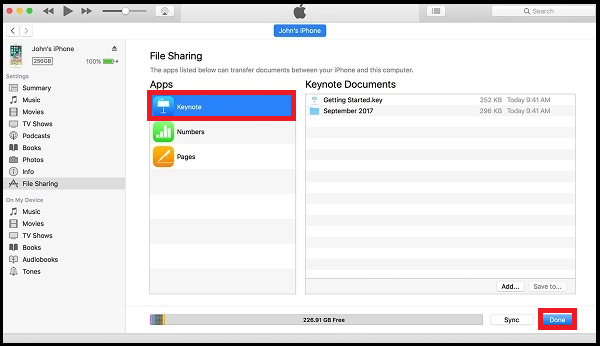Do you want to access files from your iPhone to Macbook? Whether it’s transferring files, folders, photos, documents, or music, the process might seem elusive at first. Fear not! as this guide is here to demystify the process, making file access between your iPhone and Mac a simple and stress-free experience.
In our digitally interconnected lives, the ability to effortlessly transfer files between devices is not just a convenience; it’s a necessity. Fortunately, there are three popular methods to achieve this: AirDrop, iCloud Drive, and Finder. Each method offers its own advantages. With AirDrop, you can wirelessly share files at a tap. iCloud Drive seamlessly syncs your data across devices. If you prefer a direct connection, Finder allows you to drag and drop files when your iPhone is connected via USB.
In this guide, we’ll walk you through these methods, ensuring that you can effortlessly access files between your iPhone and Mac, making your digital life simpler and more organized.
Also Check:
- How to Compress(Zip) Files and Folders on Mac?
- How To Select Multiple Files On Mac?
- How to Freeze Screen on Mobile
Outline
ToggleHow to Transfer Files From iPhone to Macbook
There are various methods to achieve this seamlessly. Whether you prefer the speed of wireless transfers, the reliability of cables, or the convenience of cloud services, we’ve got you covered. Let’s dive into each method to make sure you find the perfect fit for your file transfer needs.
1. Utilizing Airdrop for Wireless File Transfer
Airdrop is a fantastic feature that allows you to transfer files wirelessly between your iPhone and MacBook without the need for iTunes or vice versa. It’s quick, efficient, and doesn’t require any additional cables.
Step-1: Locate the file you want to transfer.
- If you’re transferring a file from your iPhone or iPad, open the app that contains the file.
- If you’re transferring a file from your Mac, locate the file in Finder.
Step-2: Open the Share menu.
- On your iPhone or iPad, tap the Share button. It looks like a square with an arrow pointing upwards.
- On your Mac, right-click on the file and select Share > AirDrop.
Step-3: Select the recipient device.
- A list of nearby AirDrop-enabled devices will appear.
- Tap or click on the name of the device you want to send the file to.
Step4: Accept the file transfer.
- On the recipient device, a notification will appear asking if you want to accept the file transfer.
- Tap or click on Accept.
Step-5: The file will be transferred to the recipient device.
- The file will be saved in the Files app on your iPhone or iPad.
- The file will be saved in the Downloads folder on your Mac.
2. Utilizing Finder: USB Cable and Wi-Fi Connection
a. Transfer Files Using USB Cable:
- Connect your device to your Mac using a USB or USB-C cable.
- Open Finder on your Mac.
- Your device will appear in the Locations section of the Finder sidebar.
- Click on your device to open it in Finder.
- You can now drag and drop files between your Mac and your device.
b. Transfer Files Using Wi-Fi Connection:
- Connect your device to your Mac using a USB or USB-C cable.
- In the Finder on your Mac, select the device in the Finder sidebar.
- Click General in the button b
- Select the “Show this [device] when on Wi-Fi” tickbox. Click Apply.
- Disconnect the USB cable from your device and your Mac.
- Your device will now appear in the AirDrop section of the Finder sidebar when it is on the same Wi-Fi network as your Mac.
- You can now drag and drop files between your Mac and your device using AirDrop.
3. Utilizing iTunes File Sharing and Image Capture
a. iTunes File Sharing:
- Connect your device to your Mac using a USB cable.
- Open iTunes on your Mac.
- Your device will appear in the Devices section of iTunes.
- Click on your device to select it.
- Click the File Sharing tab in iTunes.
- Select the app you want to share files with from the Apps list.
- Drag and drop files between your Mac and the app in iTunes.
b. Image Capture:
- Connect your device to your Mac using a USB cable.
- Open Image Capture on your Mac.
- Your device will appear in the Devices list.
- Select your device to show the images on it.
- Select the images you want to transfer.
- Click the Import button.
- Choose a location on your Mac to save the images. Click Save.
4. Harnessing iCloud Drive, Google Drive, Email, and Cloud Services
a. Transfer files Via iCloud Drive
iCloud Drive is a cloud storage service that allows you to store and access your files from any device with an internet connection. To use iCloud Drive to transfer files between your devices, follow these steps:
- Sign in to iCloud on all of your devices.
- Open the iCloud Drive app on your iPhone or iPad.
- Tap the file you want to transfer.
- Tap the Share button.
- Tap the name of the device you want to send the file to.
- The file will be transferred to the recipient device.
b. Transfer files via Google Drive
Google Drive is another cloud storage service that allows you to store and access your files from any device with an internet connection. To use Google Drive to transfer files between your devices, follow these steps:
- Sign in to Google Drive on all of your devices.
- Open the Google Drive app on your iPhone or iPad.
- Tap the file you want to transfer.
- Tap the Share button.
- Tap the name of the device you want to send the file to.
- The file will be transferred to the recipient device.
c. Transfer files via Email
You can also use email to transfer files between your devices. To do this, follow these steps:
- Open your email client on the device that contains the file you want to transfer.
- Create a new email message.
- Attach the file you want to transfer to the email message.
- Enter the email address of the recipient device in the To field of the email message.
- Send the email message.
- Open the email message on the recipient device.
- Download the attached file to the recipient device.
d. Transfer files via Cloud Services
There are a number of other cloud services that you can use to transfer files between your devices. Some popular options include DropBox, Box, and Microsoft OneDrive. To use a cloud service to transfer files between your devices, you will need to create an account with the service and then follow the service’s instructions for transferring files.
Here are some additional tips for transferring files between your devices:
- Make sure that you have a strong internet connection when transferring files.
- If you are transferring large files, you may want to use a cloud service that offers unlimited storage.
- Be careful not to transfer sensitive files, such as passwords or financial information, over the internet.
5. Transferring Files from Mac to iPhone through Syncing
Before You Begin:
- Ensure your Mac and iPhone are connected to the same Wi-Fi network.
- Enable Wi-Fi on both devices.
- Verify both devices are running the latest macOS and iOS versions.
a. Syncing Using Finder:
- Open Finder on your Mac.
- Locate your iPhone in the Locations section of the Finder sidebar.
- Click on your iPhone to open it in Finder.
- In the Finder window, select the “Files” tab.
- Drag and drop the files you want to transfer from your Mac to the appropriate app section under “iPhone” in the Finder window.
b. Syncing Using iCloud Drive:
- Ensure iCloud Drive is enabled on both your Mac and iPhone.
- On your Mac, open the Finder and locate the iCloud Drive folder.
- Drag and drop the files you want to transfer from your Mac to the iCloud Drive folder.
- On your iPhone, open the Files app and navigate to the iCloud Drive folder.
- Select the transferred files and tap the “Share” button.
- Choose the “Save to Files” option and select a location on your iPhone to save the files.
c. Syncing Using iTunes:
- Connect your iPhone to your Mac using a USB cable.
- Launch iTunes on your Mac.
- Select your iPhone from the list of devices in iTunes.
- Click the “File Sharing” tab.
- Choose the app you want to sync files with from the “Apps” list.
- Drag and drop the files you want to transfer from your Mac to the app section in iTunes.
How to Transfer Files Using Additional Software
- Install AirDroid on both your Android device and your computer. You can download the AirDroid app for Android from the Google Play Store and the AirDroid desktop client for Windows, macOS, or Linux from the AirDroid website.
- Sign in to your AirDroid account on both devices. If you don’t have an AirDroid account, you can create one for free.
- Connect your Android device to your computer using a USB cable or Wi-Fi.
- Open the AirDroid app on your Android device and the AirDroid desktop client on your computer.
- Locate the files you want to transfer on your Android device. You can browse the files on your device using the AirDroid app.
- Drag and drop the files from your Android device to your computer. You can also use the “Send” button in the AirDroid app to transfer files.
- The files will be transferred from your Android device to your computer.
iPhone to Mac – FAQs
Ans: To transfer files via AirDrop, ensure both devices have it enabled. Open the file on your iPhone, tap the Share button, select AirDrop, and choose your Mac from the list.
Ans: Yes, you can use apps like Dropbox, Google Drive, or third-party file transfer apps for more flexibility in transferring files.
Ans: AirDrop might be slower for large files due to wireless limitations. Consider using a USB cable or iCloud Drive for faster transfers in such cases.
Ans: Try restarting both devices, using a different USB cable, or checking your Mac’s security settings to ensure it recognizes your iPhone.
Ans: Yes, you can transfer files locally over Wi-Fi using apps like “Files” on iOS and the “Files Sharing” feature on Mac, as long as both devices are on the same Wi-Fi network.
Ans: Both iOS and macOS support a wide range of file formats, but some uncommon or proprietary formats may require third-party apps for compatibility.
Ans: Yes, absolutely! You can transfer files without iTunes using various methods such as Airdrop, iCloud Drive, or third-party cloud services like Google Drive or Dropbox.
Ans: The easiest way to transfer files from your iPhone to a computer is often through Airdrop for wireless transfers or using a USB cable and tools like Finder for a more traditional connection.
Ans: Quick Start is excellent for setting up a new device and transferring the essentials, but it might not transfer every type of data. For comprehensive transfers, consider using a combination of methods like iCloud backup or iTunes syncing.
Ans: It depends on your needs. Quick Start is faster for device setup, while iCloud backup provides a more comprehensive backup of your data. The choice between them depends on your preferences and the level of data you want to transfer.
Ans: To completely transfer data from your iPhone, use a combination of methods. Utilize Airdrop, iCloud Drive, iTunes syncing, or other cloud services to cover various types of data, ensuring a thorough transfer across your devices.
Conclusion
In conclusion, seamlessly accessing files between your iPhone and MacBook is no longer a challenge. With versatile methods like Airdrop, iCloud Drive, Finder, and more, users can effortlessly transfer files, ensuring a stress-free digital experience. From wireless transfers to cable connections and cloud services, this guide has you covered, making file access a breeze. Streamline your digital life with these user-friendly solutions, connecting your devices with ease and efficiency.

